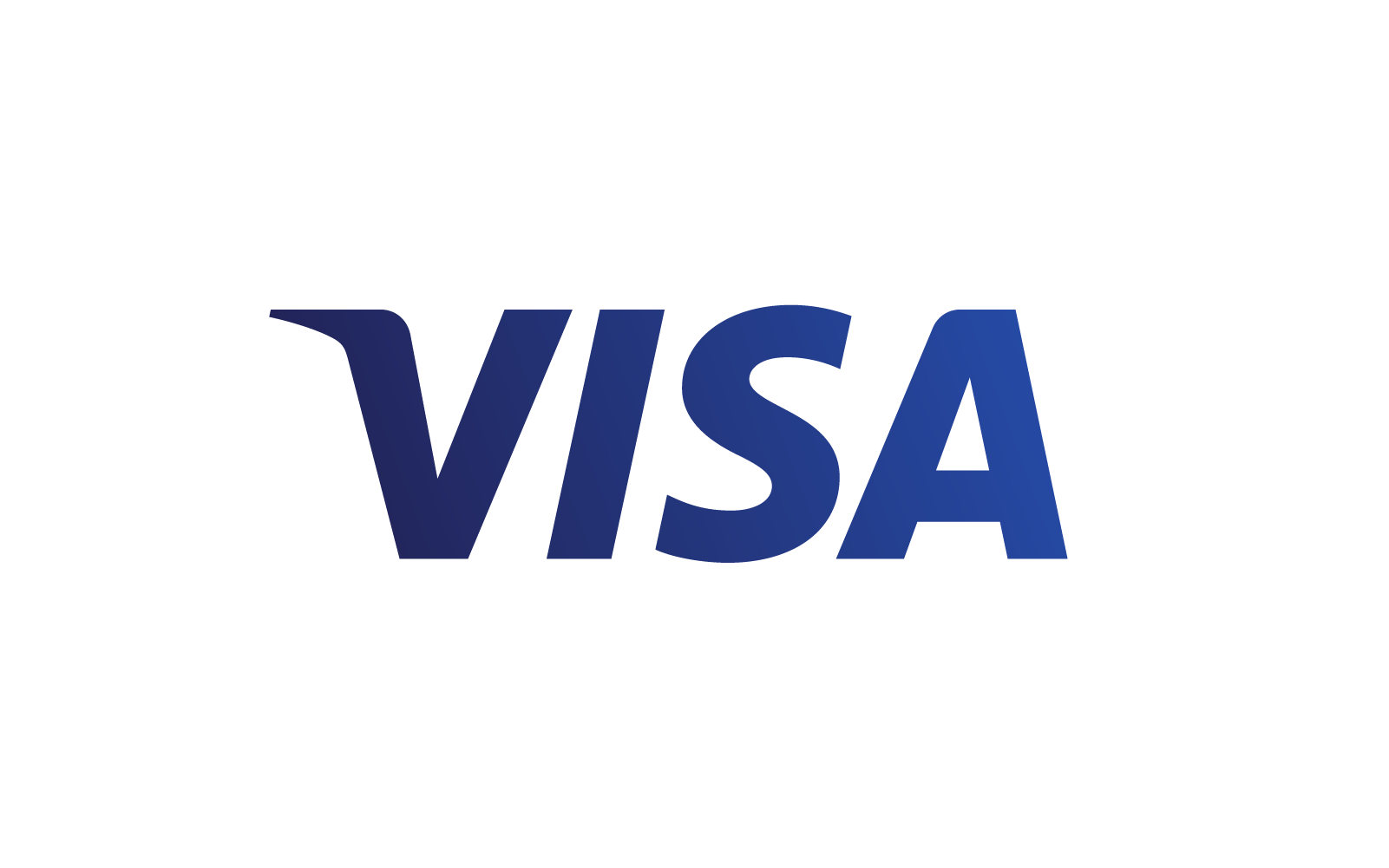What is the best season for a motorcycle tour in Vietnam?
The best season for a motorcycle trip in Vietnam is between October and June. The climate is generally hot and humid throughout the country, with some unique climate conditions regionally. Average yearly temperature is very pleasant, even if it varies from one place to another in the country: 23° celsius in Hanoi, 26° celcius in Ho Chi Minh City. It is always preferable to travel during the dry season, which extends from October to June. For the rest of the year, the weather is very humid and the monsoon season prevails. In the country’s north, winters are chilly and humid, especially in the months of December and January. During this period, a cruise on the Ha Long Bay may run into mist and temperatures are low in mountainous regions. Summers can be very hot but less rainy than in the South. Thus spring and autumn are the preferred times to travel.
We typically schedule our motorcycle tours in Vietnam during the months of October, November and April, May. While northern regions have more clear-cut seasons, the southern parts clearly alternate between a dry season and a wet season. There is a climate to suit everyone in Vietnam depending on the regions visited. When it gets too cold in Hanoi in winter, go warm yourself in the South, in the Mekong Delta.
Discover the Geography of Vietnam on a Motorbike Trip
Vietnam shares a frontier with China, Laos and Cambodia. The country can be recognized because of its geographic silhouette in the form of a dragon, which symbolises strength. A motorcycle ride in Vietnam takes you through varying terrain and a wide range of landscapes. The country can be separated into three major geographic zones: Bac Bo (North), Trung Bo (Centre) and Nam Bo (South). The vast coastal plain links the Red River Delta in the North to the Mekong Delta in the South.
Three-quarters of the country is covered by mountains and hills. The highest point is Fransipan (3,143m) in the northwestern part of the country. The mountainous regions in the North present the ideal playing field for a motorcycle road trip in Vietnam. Explore wandering, twisty roads around Sapa. Cross the coffee plantations and shimmering rice fields up to the Karst Mountains in Ha Giang province. In these regions close to the Chinese border, several distinct ethnic minorities like Hmong, Dao, and Tay can be found. They accommodate travellers in their stilted houses. Running from the North to the South, the Ho Chi Minh Trail combines a set of historic roads and byways that were in use during the conflicts in the 20th century.
Explore the History and culture of Vietnam by Motorcycle
Devastated by years of war, Vietnam has managed to rise from the ashes. During a motorbike trip in Vietnam, you will see ancient imperial cities, modern mega cities, sacred temples, and meet trendy youth alongside ethnic groups with ancestral traditions. After centuries under Chinese rule, the Nguyen dynasty unified the Viet power under the name of Viet Nam by establishing its capital at Hue in 1800. In 1958, the French reached Danang and ten years later, Cochinchina in the south became a French colony. Annam in the centre and Tonkin in the north became French protectorates. French Indochina was created, and included the countries of Cambodia and Laos.
The Vietnamese fought against the regime and independence was proclaimed by Ho Chi Minh at Hanoi in 1945. One year later, the French tried to re-establish their domination: this marked the beginning of the first Vietnam War. In 1954, after the defeat of Dien Bien Phu, Vietnam was recognized as an independent and sovereign state. The second Vietnam War started in 1968 with the American offensive. On 30th April 1975, Viet Cong entered Saigon, which became Ho Chi Minh City. The country was reunited under the banner of the Socialist Republic of Vietnam. In the 1980s, the communist party adapted itself to economic liberalization. Today the country is forging a new future, building an identity of dynamism and resourcefulness. A motorcycle tour in Vietnam is an incredible way to experience the storied past of this resilient country.





 +442070316050
+442070316050 +16056462343
+16056462343






























 Français
Français English
English Deutsch
Deutsch